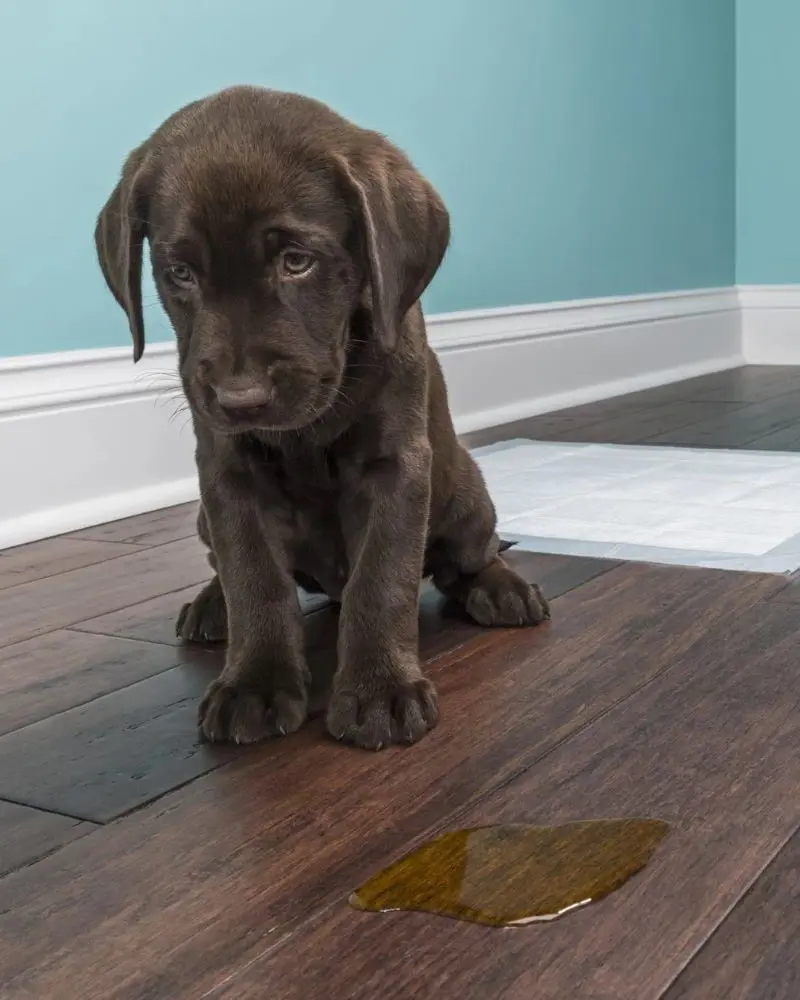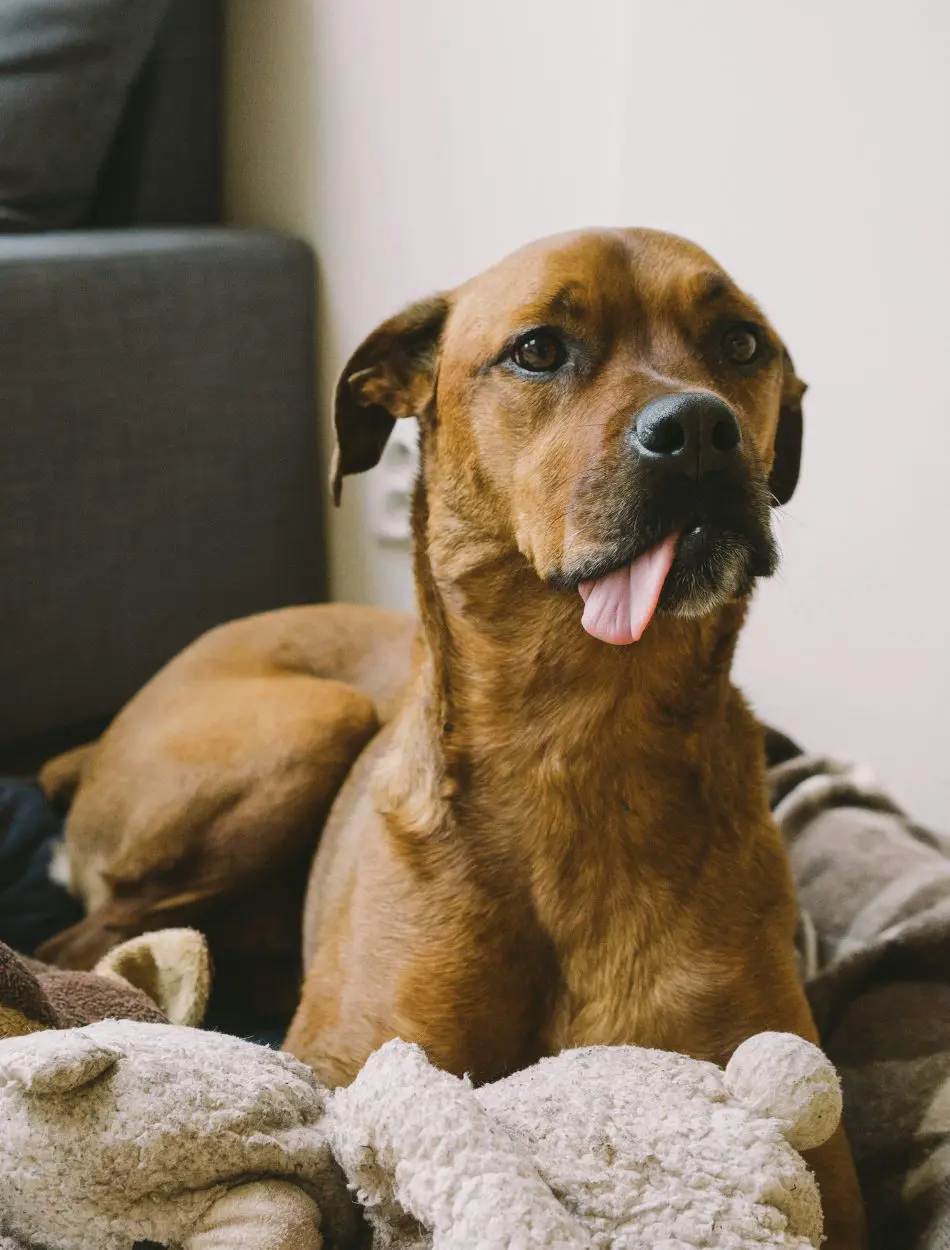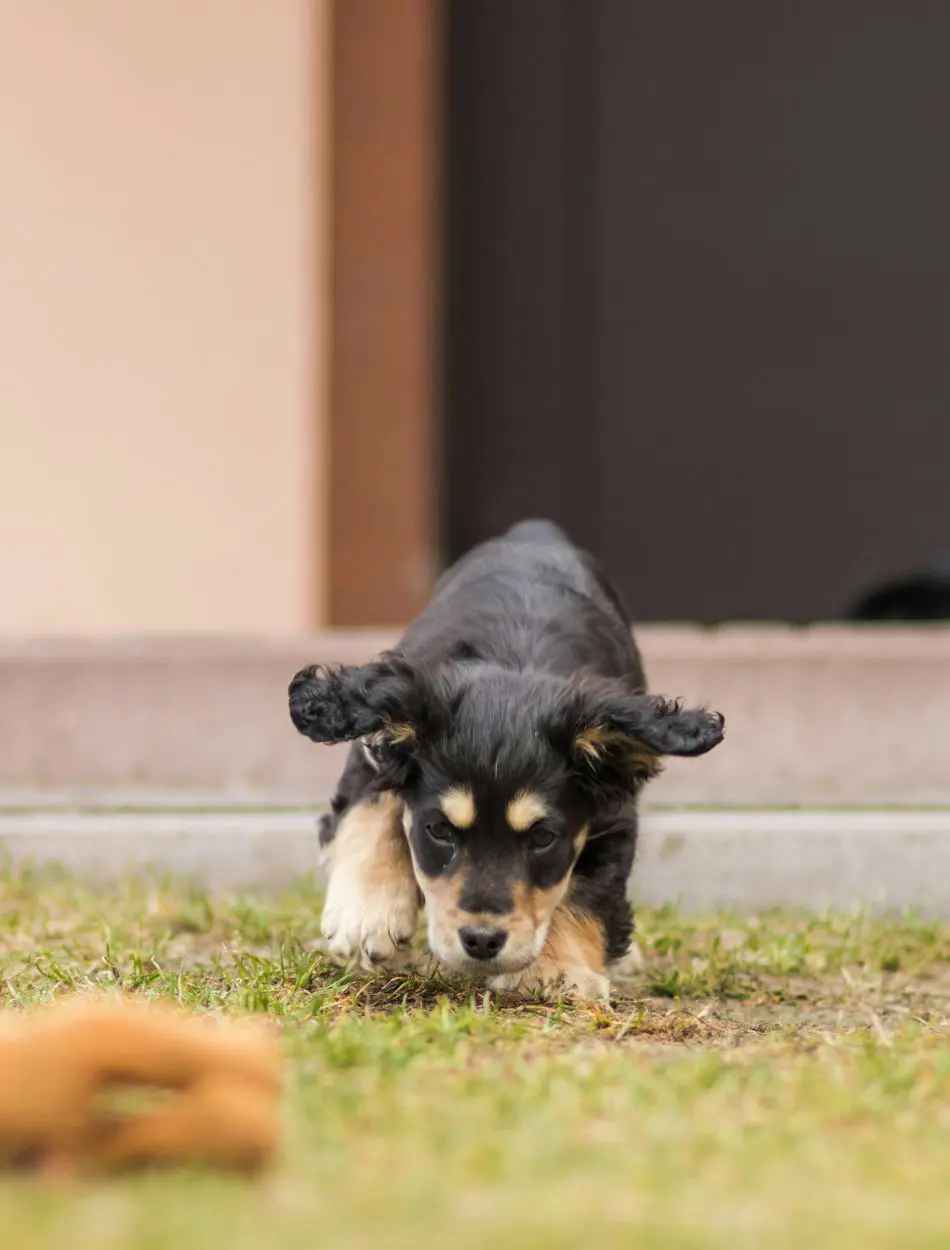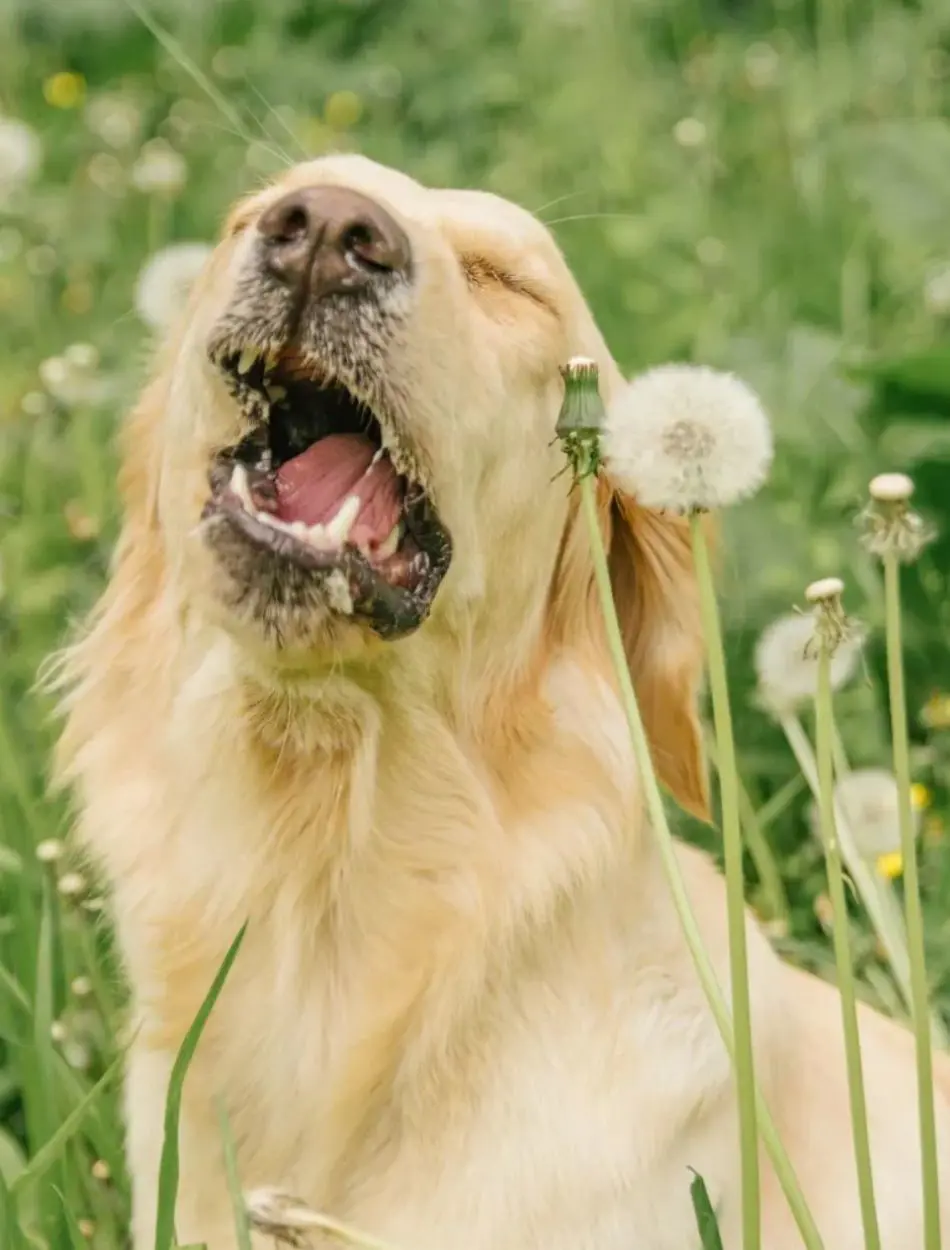15 Causes of Dog Losing Hair

Occasional hair loss and shedding is a natural physical process in dogs. Seasonal shedding helps remove dead and excessive hair from their body. But, when a dog starts losing excessive hair, it can be a terrifying sight for pet owners.
Often, dog parents mistake hair loss for a health condition. In reality, loss of hair is a symptom rather than a diagnosis. From localized bald spots to generalized thinning across the body, hair fall can manifest in various ways.
While hair loss might seem purely cosmetic, it often signals underlying issues that require attention.
1. Infection
Hair lost from infection usually grows back if the problem is handled effectively. Vets usually recommend antifungal or antibiotic treatment, once the cause of the hair fall is identified.
Check the pattern of hair fall to diagnose the actual cause of infection. Generally, a bacterial infection is followed by random loss of hair across different parts of the body. It can also develop pustules or red inflamed patches on the skin.
On the other hand, circular patches in the hair accompanied by scaly crusty skin are usually a sign of a fungal infestation in dogs. Try giving a unique dog haircut to spare yourself the visible trauma of seeing your pet suffer.
2. Seasonal Shedding
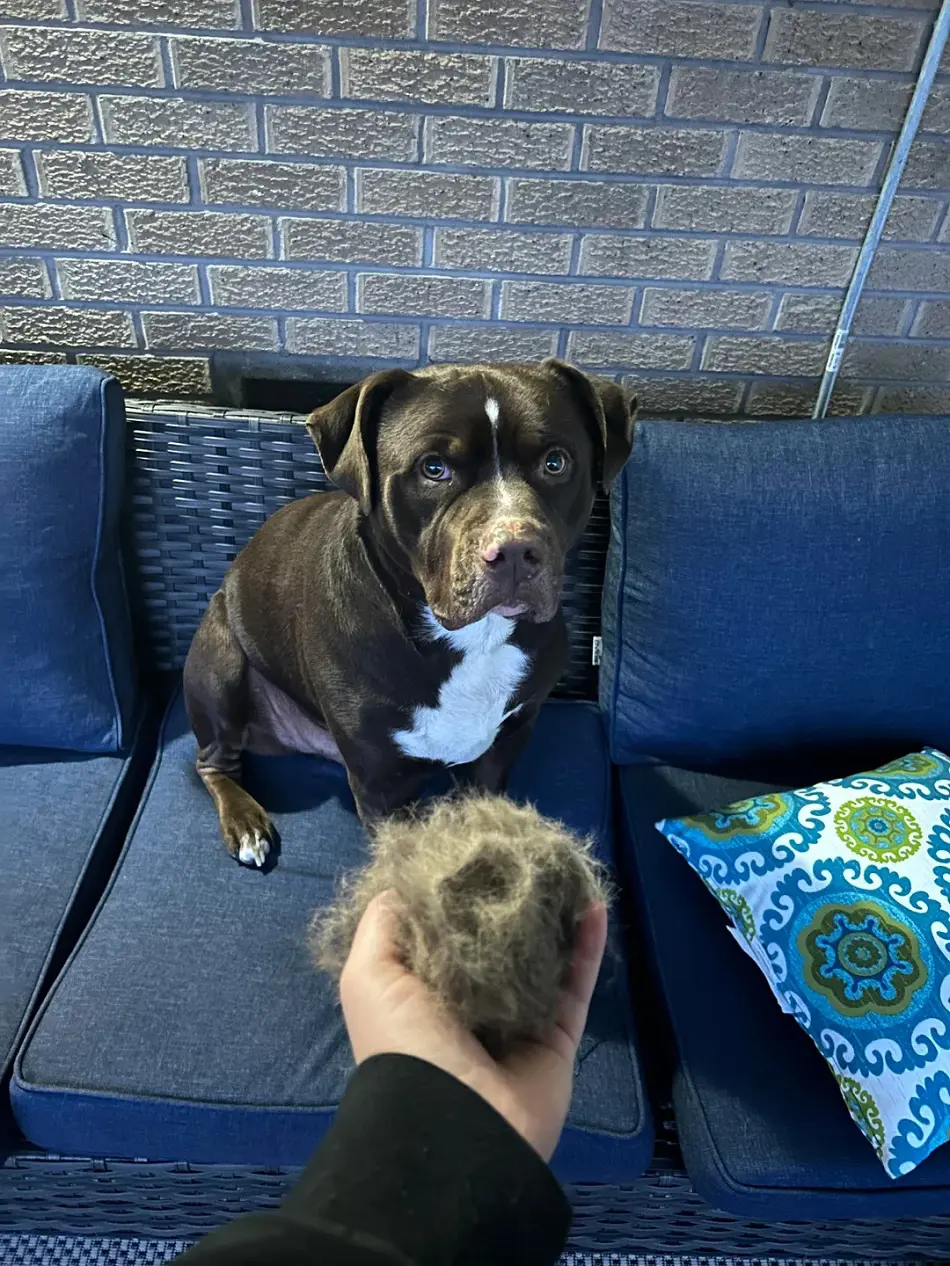
Seasonal shedding is a normal physical process in dogs as they prepare for the season. Dogs shed their hair twice a year; shedding the winter coat in spring and summer coats in fall.
Although this is a normal occurrence, unrestricted hair loss can sometimes indicate health issues such as poor nutrition, stress, or skin conditions. Introduce oatmeal-based shampoo to their hygiene to handle excessive seasonal shedding.
3. Stress
Stress can trigger abnormal behavior in dogs, including excessive licking, chewing, and scratching. All these actions are a form of stress-handling measures, similar to how humans bite their nails.
However, stress reactions usually damage the skin and hair follicles. Changes in environment, loud noises, separation from the owner, and introduction of new pets in the household act as trigger factors that lead to nervousness in dogs.
If the stress remains for long periods, it may lead to chronic anxiety and weaken the immune system over time.
4. Malnutrition
Feeding a diet low in nutrients will do much damage to your dog's skin condition and coat health. Dogs hugely depend on a protein-based diet to prevent their hair shafts from breaking.
Likewise, a lack of essential omega-3 and omega-6 fatty acids found in fish can cause their coat to become dry and brittle. Other health problems in dogs resulting from poor diets include dull coats and itchy skin.
If you suspect malnutrition is the cause of hair loss, try vet-recommended foods or nutritional additives that will restore the pet's coat and improve its general condition. A diet low in some of the critical nutrients will often lead to a weak coat and, subsequently, hair loss.
5. Contact Dermatitis
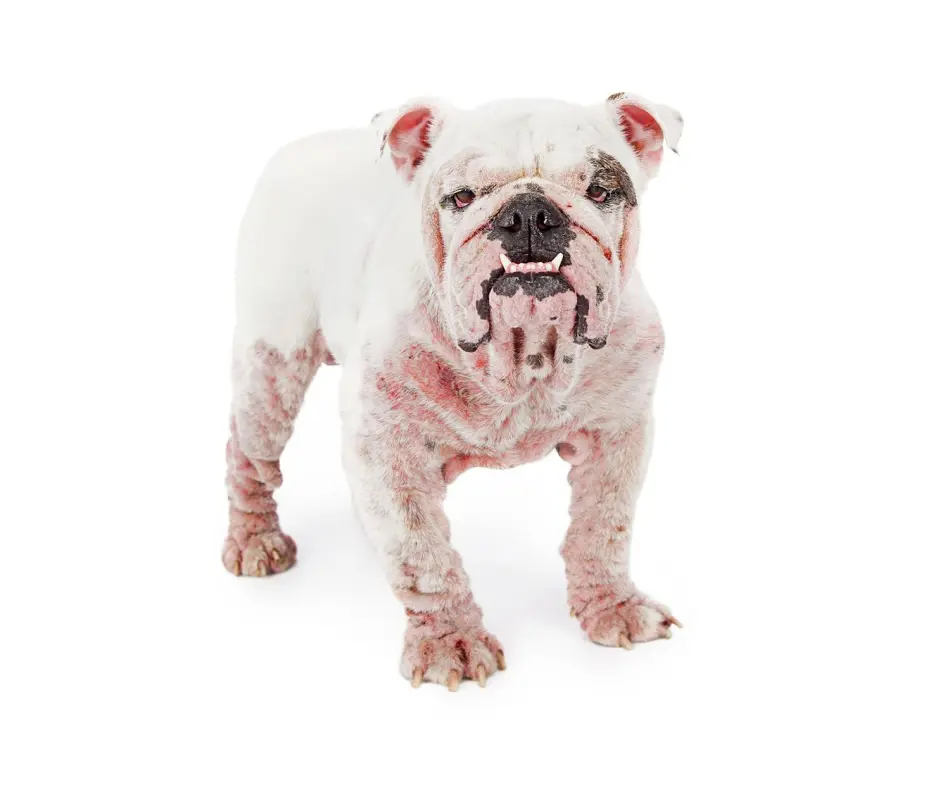
The dog's fur acts as a defense against toxic particles in the environment. However, a thin layer of hair may not always protect them.
Contact dermatitis in dogs occurs when the offending irritants are in contact with the dogs’ skin over a period of days or weeks. Included in the common allergens are shampoo, flea collars, pollen, mold, dust, and cleaning agents.
Hair loss is generally associated with other signs or symptoms such as skin lesions with pruritus, erythema, or edema. They may also traumatize or irritate the affected area with scratching, biting, or licking, which causes further damage to the skin.
6. Hormones
Hormonal imbalances in dogs can cause excessive hair loss. The condition develops as a result of the glands not producing enough hormones to feed the coat and skin. Some hormonal diseases will exhibit symptoms like a dull coat, weight gain, lethargy, and hair loss.
The pattern of hormonal imbalances, though, usually causes the hair to fall out evenly over the body. Diagnosis requires blood tests to measure hormone levels. Likewise, treatment may include medications aimed at controlling the levels of these hormones and medication for substituting the hormone.
7. Side Effects of Medicine
Some medicines given to dogs for the treatment of health-related problems may cause hair fall as a side effect to their skin and hair. Steroids that are given for the treatment of inflammation may lead to thinning of hair and excessive shedding.
Chemotherapy drugs, while a savior to dogs, can result in hair loss in their coat. Besides attacking the cancer cells, these medications will also affect the growth of hair follicles.
If your dog is showing significant hair loss after starting a new medicine, it is required to consult with a veterinarian. They will examine if the medicine is causing the side effects and explore alternative medications while minimizing side effects.
8. Aging
Aging dogs may face problems with hair fall as a natural bodily process. Hair fall occurs due to several factors, ranging from slower cell generation to the inactivity of hair follicles.
The natural process responsible for the growth of hair follicles gets significantly diminished with age. As the old hair gets shed, the dog's body is unable to produce new hair, leaving behind a bald spot.
As fur shedding in old dogs is considered a natural process, there's nothing much you can do about it. However, you can reduce the rate of hair loss by maintaining proper nutrition and regular grooming.
9. Over Grooming

Even when not provided with a bath, dogs can still maintain hygiene through self-grooming. This involves using their saliva to clean a dirty coat or chewing the skin to alleviate any discomfort.
With limited grooming, the dog can keep its coat and skin healthy and moisturized. However, overgrooming and lack of proper grooming methods can be an issue if your dog constantly chews on its skin or lick its coat.
Besides health issues, boredom is also a known cause of compulsive overgrooming in dogs. Even after resolving the initial cause, dogs may still lick and chew, continuing the cycle of hair loss and skin damage.
10. Environment
Due to their physical, mental, and emotional nature, dogs enjoy a clean environment just like human beings. Therefore, all canine owners should keep their pets away from dangerous environmental elements.
Protect your dog from exposure to allergens present in the environment. Puppies are more prone to such dangers as their bodies are not properly developed.
11. Genetics
Baldness in dogs can be closely related to genetic factors. Some breeds are far more prone to hair fall than others. For example, pattern baldness tends to appear in Dachshunds and Greyhounds, while Pomeranians and Alaskan Malamutes are extremely predisposed to Alopecia X.
Color dilution alopecia is another genetics-related condition leading to thinning of hair with further skin problems, affecting breeds like Doberman Pinschers and blue Great Danes. Such genetic tendencies may thus be noted early enough for intervention and proper management.
12. Cushing's Disease
In the initial stages, a dog may appear healthy and even seem to enjoy a bigger lunch. That's what makes Cushing's disease so easy to miss.
Another terrifying fact about the illness is that there is no cure and can even cause the dog's death. However, if taken proper care, your dog can live a long and healthy life.
As soon as you notice any signs of Cushing's disease in your pet, immediately visit your vet or a dog health professional. Your dog may be required to take multiple blood tests to find out if its pituitary gland and adrenal glands are taking the toll of the illness.
13. Mange Parasites
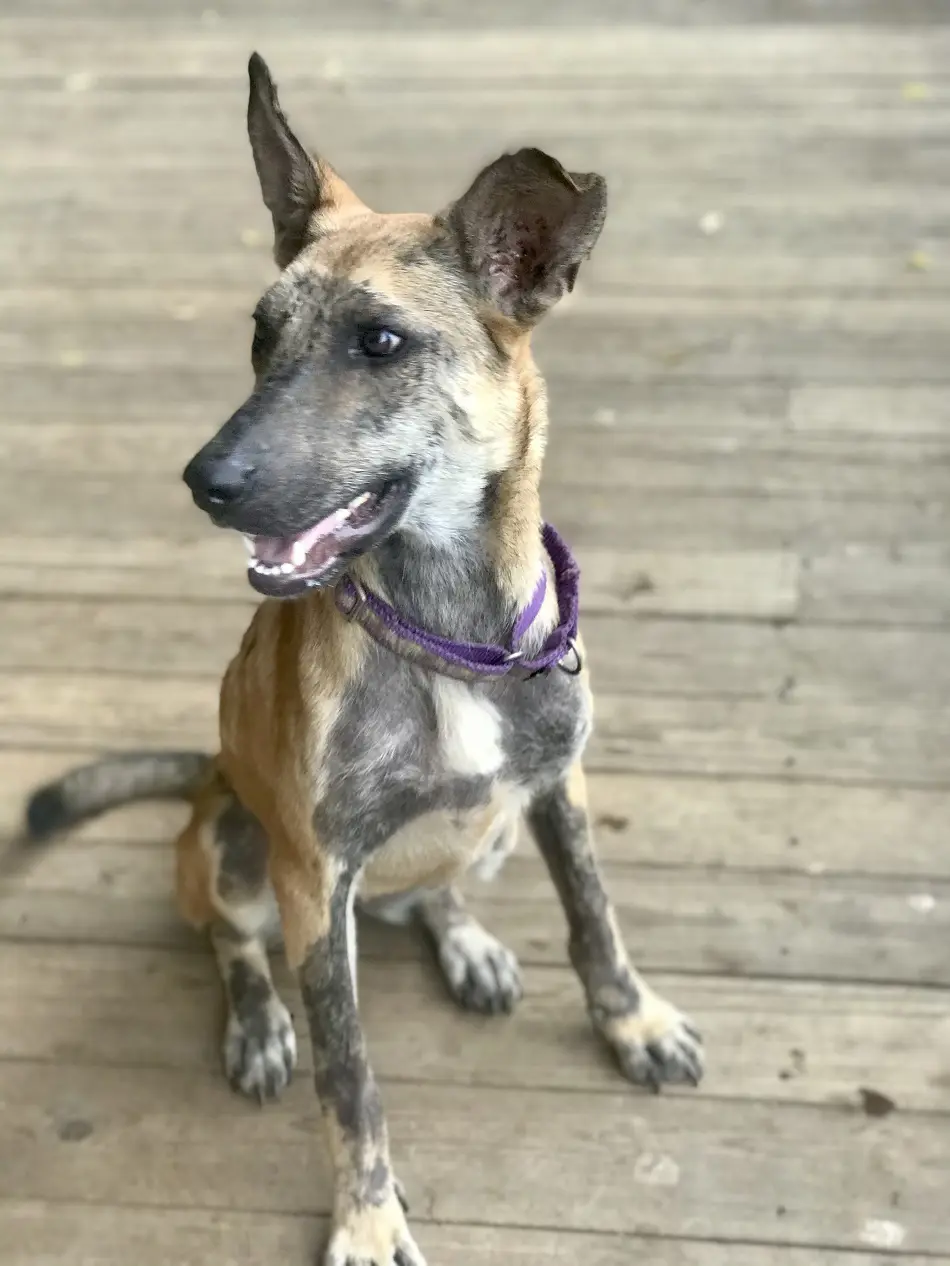
Classic examples of this in the canine include mites, fleas, and ticks, producing intense pruritus, irritation, and alopecia. In dogs, two common types of mange are sarcoptic mange or scabes and demodectic mange.
The first is caused by the highly contagious burrowing mite of the localized areas; the second one results from an over-infestation of Demodex mites in an immunocompromised host. The fleas' and ticks' chewing habits also lead to baldness through inflammation of the skin.
14. Sunburn
Keep your pet away from the heat of the afternoon sun. Many dog owners don't treat sunburn as a serious issue until very late. Dogs who spend time outdoors are more prone to damage in the outer layer of the skin and also deeper layers.
Dog losing hair is one of the many cons of excessive contact with sunlight. Besides affecting the hair follicles, blisters, peeling skin, and secondary infections are other consequences of sunburn.
15. Autoimmune Disease
A dog’s immunity attacking its body tissues is at fault for autoimmune ailments like alopecia that are a result of hair loss, among other health complications. Pemphigus, lupus, and autoimmune thyroiditis are some common autoimmune skin disorders among dogs.
Symmetrical alopecia, ulcers, depigmentation of the nose, facial skin lesions as well as crusts may be symptoms. Moreover, Graves' disease and Psoriasis could cause hair loss. Other diagnostic tests required for diagnosing autoimmune diseases include blood tests and biopsies consisting of taking skin samples.
Recent posts
Dogs
Why Do Dogs Pee in the House? 10 Causes And Solutions
Uncontrolled peeing inside the house is usually perceived as a sign of a poorly-disciplined dog. However, it may not always be true as the canine could be suffering from a medical issue or cognitive decline. And, getting made is not the solution as y...
Dog Sleeping Positions And Their Meanings
The diverse sleeping dog positions of our furry companions unveil a fascinating tapestry of behaviors and emotions in the canine realm. From the classic Curler to the enigmatic Superman, each posture conveys a unique message about a dog's well-being ...
Dog In Heat: When It Happens And How Long Does It Last
A female dog will get to the phase of reproduction known as the heat cycle if she has not been spayed. If you have an unspayed female dog, it's vital to understand the stages of her heat cycle. During heat, a canine's conduct may additionally c...
18 Signs A Dog is Dying
Recognizing the signs that a dog is dying can be heartbreaking, but it's far more essential to offer comfort in their final days. The signs consist of changes in behavior and constant hunger indicating that it may be time to say good-bye. Owners who...
15 Reasons Why Dogs Eat Poop And How To Stop It
Dogs sometimes engage in odd and unhealthy behaviors, along with ingesting their poop or that of different animals. This habit may be concerning and disgusting for any pup owners. This habit has many motives, however, the secret is locating eff...
Why Is My Dog Sneezing? 18 Common Reasons
You may notice that your dog sneezes and have some curiosity about their well-being-as they would react to dust, pollen, or strong odors. Though sneezing can be as common in dogs as in humans, you need to determine whether it falls into playful, occa...
